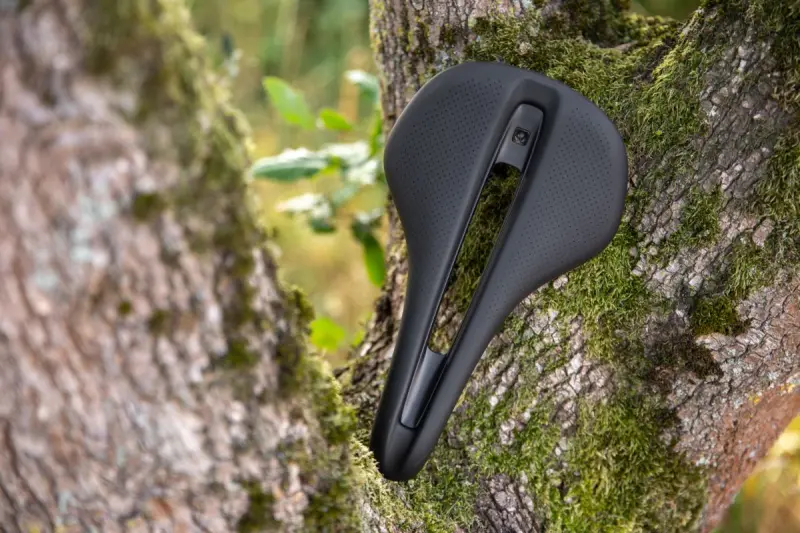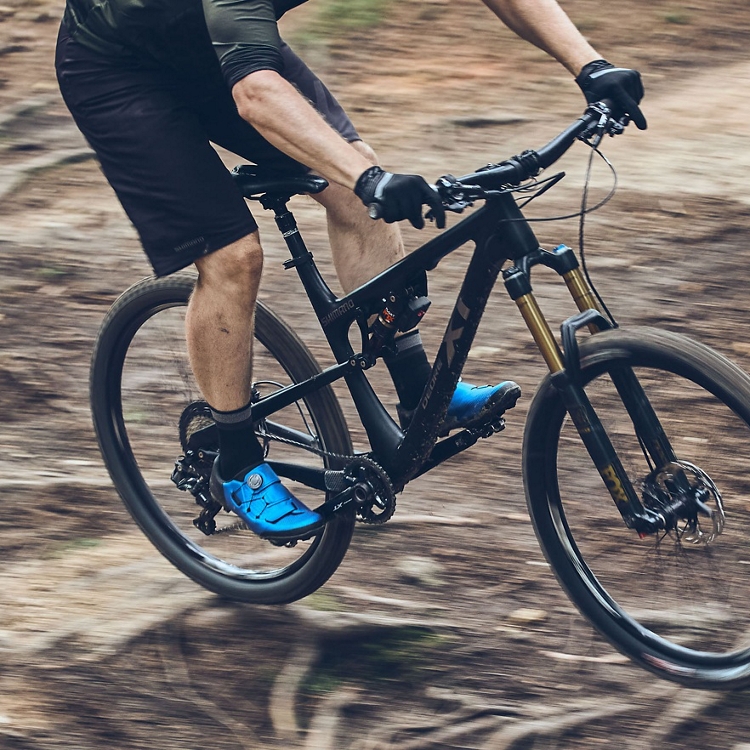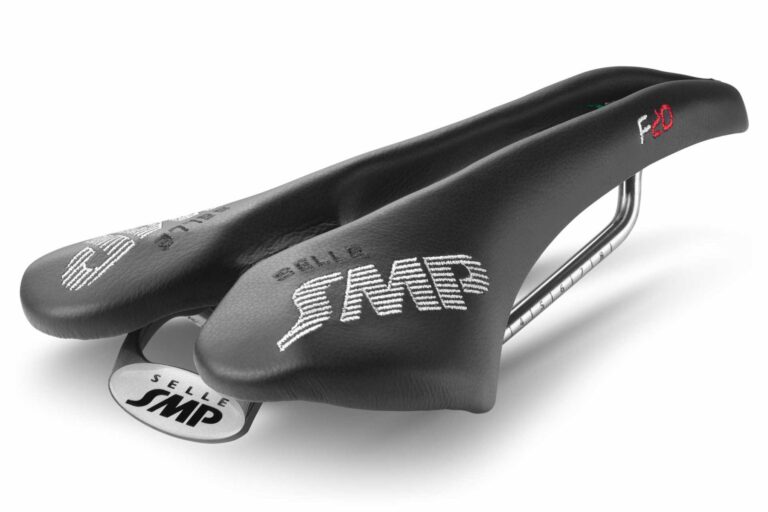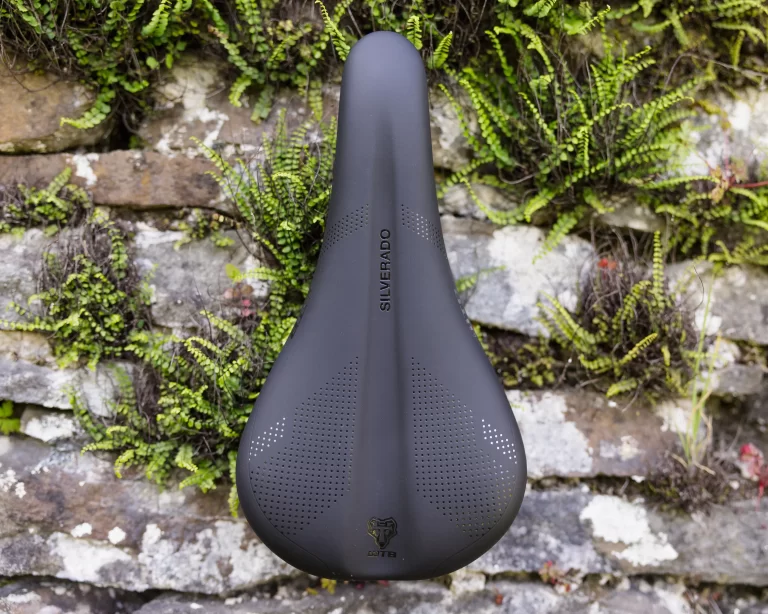Ergonomic Excellence: Ergonomic Considerations for Gravel Bike Saddles

Key Point Summary of Ergonomic Considerations for Gravel Bike Saddles:
- Ergonomic Design Importance: Highlighting the necessity of ergonomic saddles for comfort and injury prevention in gravel biking.
- Anatomy-Specific Saddles: Emphasizing the need for saddles that match individual anatomy for optimal comfort and efficiency.
- Pressure Distribution and Relief: The importance of saddles in distributing pressure evenly and providing relief to sensitive areas.
- Material and Cushioning: Discussing the role of materials and cushioning in enhancing ergonomic benefits.
- Adjustment and Positioning: The significance of correct saddle adjustment and positioning for ergonomic advantages.
- Long-Distance Comfort: Focusing on features that enhance comfort during long gravel rides.
Ergonomic considerations for gravel bike saddles play a crucial role in ensuring both comfort and efficiency during rides. Having raced and ridden across various disciplines like mountain biking, gravel biking, and cyclocross, I’ve learned how a well-chosen saddle can greatly influence your cycling experience.
The Ergonomic Edge
When you’re tackling the unpredictable terrain of gravel biking, an ergonomic saddle is not just a comfort enhancer; it’s a necessity. The right saddle can help prevent numbness, discomfort, and long-term injuries. It ensures that your weight is properly distributed, reducing pressure on sensitive areas.
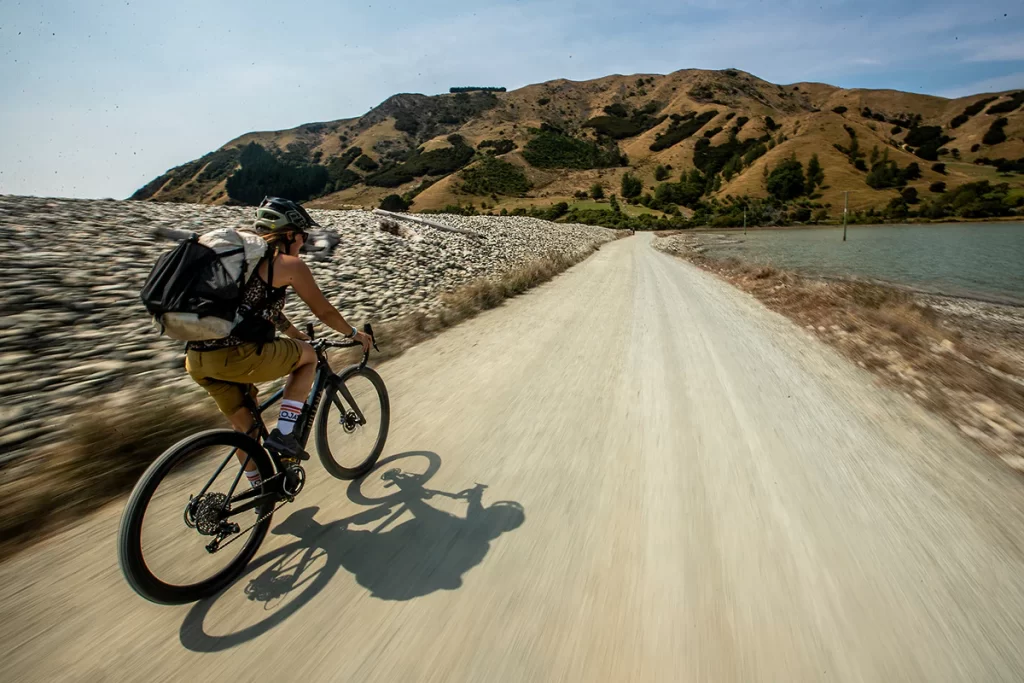
Anatomy-Specific Design
One size does not fit all in the world of cycling saddles. Saddles designed to match specific anatomical needs can drastically improve riding comfort. This means considering factors like sit bone width and flexibility. Some riders may prefer a saddle with a central cutout or groove for pressure relief, while others might find a solid saddle more comfortable.
Pressure Management
An ergonomic gravel bike saddle is designed to distribute your weight evenly across the saddle. This is particularly important in gravel biking, where varied terrain can lead to increased pressure in the pelvic region. A saddle that offers good pressure distribution helps maintain blood flow and reduces the risk of numbness.
Materials and Cushioning
The materials used in the saddle impact its ergonomic properties. Memory foam or gel padding can adapt to your body shape for better support. Meanwhile, the saddle’s cover material should be durable yet flexible to move with you as you ride.
Adjustment and Positioning
The benefits of an ergonomic saddle can be fully realized only when it’s correctly adjusted and positioned. The saddle’s height, angle, and fore-aft position should be tailored to your body and riding style. Even small adjustments can make a significant difference in comfort and pedaling efficiency.
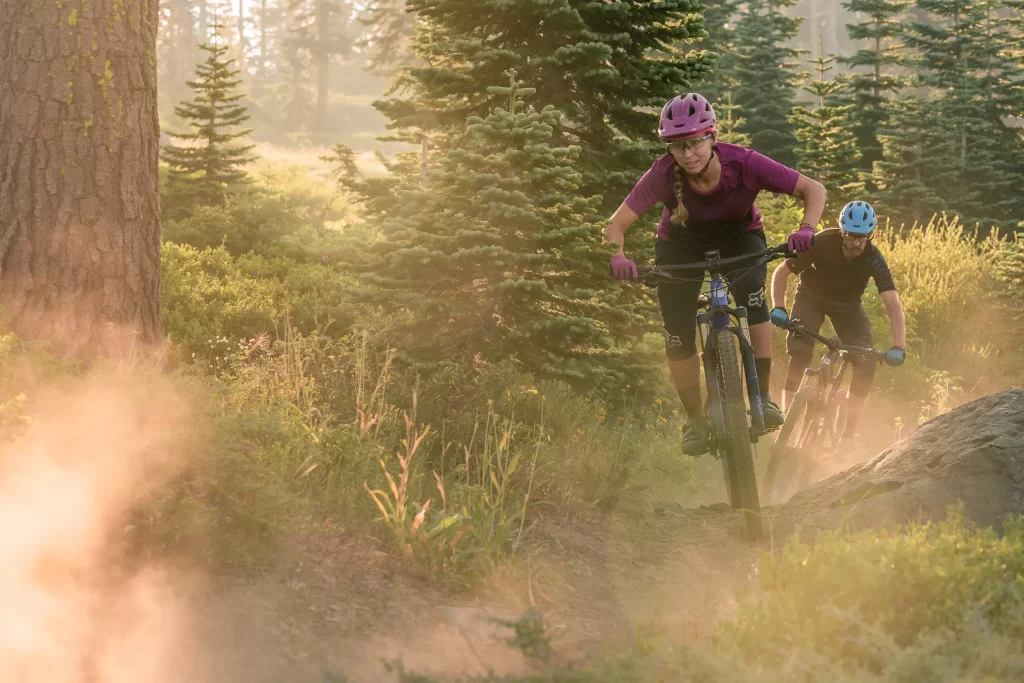
Comfort on Long Rides
Gravel rides often mean long hours in the saddle. Ergonomically designed saddles can significantly enhance comfort on these extended journeys. Features like shock absorption can also be beneficial, as they reduce the impact of riding on rough terrain.
Final Thoughts
Summarizing the article on ergonomic considerations for gravel bike saddles, some of the best models that are often recommended for their comfort, durability, and ergonomic design include:
- Brooks Cambium C17 All-Weather: Renowned for its durability and comfort, suitable for long rides on varied terrain.
- Fizik Terra Argo X5: Offers a balanced blend of comfort and performance with a focus on pressure relief, ideal for aggressive and endurance gravel riding.
- Specialized Power Comp: Features a short nose and wide cutout for pressure relief, designed for an aggressive position while maintaining comfort.
- Selle Italia SLR Boost Gravel Superflow: Known for its lightweight construction and ergonomic design, providing excellent support and pressure distribution.
- WTB Volt: A versatile saddle that offers a comfortable shape and padding suitable for a wide range of gravel riders.
- Ergon SR Pro: Specifically designed with ergonomics in mind, offering pressure relief and comfort for long gravel rides.
These models stand out for their ergonomic features and are well-regarded among gravel cyclists for providing the comfort and support needed for the unique demands of gravel biking.
In conclusion, choosing the right ergonomic saddle for gravel biking is a process that combines understanding your body, considering the saddle’s features, and making precise adjustments. A well-suited ergonomic saddle not only elevates your comfort but also improves your overall riding performance, making those long gravel trails more enjoyable and less taxing on your body.
John
FAQ
What should I look for in a gravel saddle?
When looking for a gravel saddle, focus on:
- Comfort and Fit: Choose a saddle that fits your anatomy, considering sit bone width and riding position.
- Pressure Relief: Look for features like cutouts or channels to relieve pressure and enhance comfort.
- Durability: Ensure the saddle is made of sturdy materials to withstand gravel riding conditions.
- Width and Padding: Opt for a saddle with appropriate width and padding to support long rides on varied terrain.
- Shock Absorption: Consider saddles with design features or materials that absorb shock and vibrations from uneven surfaces.
How should you sit on a gravel bike?
When sitting on a gravel bike, maintain a relaxed but efficient position: distribute your weight evenly between the saddle, handlebars, and pedals. Lean slightly forward with a slight bend in the elbows for better control. Your knees should be directly over the pedals, and there should be a slight bend in the knee at the bottom of the pedal stroke. Adjust your position as needed for comfort and efficiency, especially on varied gravel terrain.
What is the best ergonomic posture of riding a bike?
The best ergonomic posture for riding a bike involves:
- Neutral Spine: Keep your back in a natural, slightly bent position, not overly arched or hunched.
- Slight Bend in Elbows: Elbows should be slightly bent to absorb shocks and allow for better control.
- Knees Aligned: Knees should be aligned with the feet and not bowing in or out.
- Hip Angle: Adjust the saddle so there’s a comfortable angle at the hips, allowing efficient pedaling without strain.
- Relaxed Shoulders: Keep your shoulders relaxed, not raised or tense.
- Even Weight Distribution: Balance your weight between the saddle, handlebars, and pedals to reduce strain on any one area.
How can I make my gravel bike more comfortable?
To make your gravel bike more comfortable:
- Adjust Saddle: Ensure the saddle is at the correct height and angle for your body.
- Choose the Right Saddle: Opt for a saddle that suits your anatomy and riding style, with sufficient padding and support.
- Handlebar Positioning: Adjust the handlebars for a comfortable reach and height, reducing strain on your back and arms.
- Tire Pressure: Lower the tire pressure for better shock absorption on rough terrain.
- Suspension Seatpost: Consider a suspension seatpost for additional comfort on bumpy trails.
- Grips and Bar Tape: Use padded grips or bar tape to reduce vibration and hand fatigue.
- Proper Fit: Get a professional bike fit to ensure all components are adjusted to your body.
